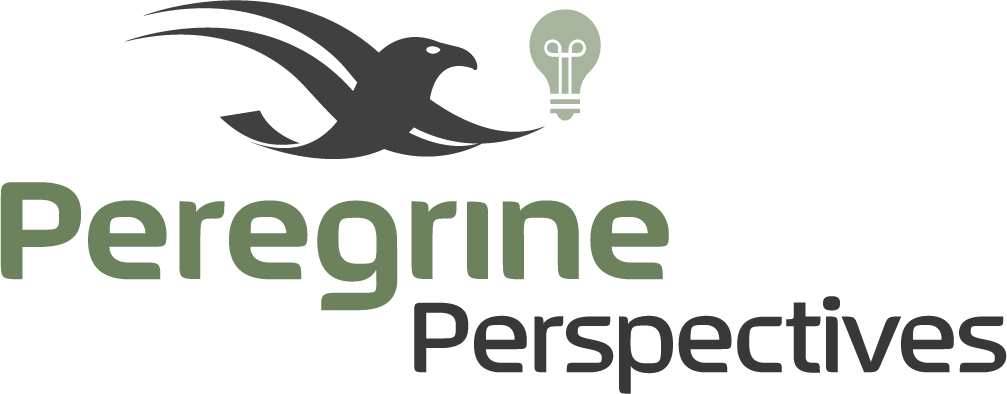A plan for calling on payers: Why strategy and segmentation matter
By: Sam Wissa
General Manager, Contract Account & Sales Team
Peregrine Market Access
September 6, 2023—It’s time to throw away outdated, one-size-fits-all approaches to calling on formulary decision-makers. In today’s complex and ever-changing healthcare landscape, a more customized approach is required to effectively engage payers.
Selling strategy must change with the changing healthcare landscape
The landscape of the US healthcare marketplace has drastically changed over the past few decades. It continues to evolve and necessitates collaboration among multiple stakeholders to improve healthcare for high-quality outcomes while maintaining accessibility and affordability.
The healthcare environment has seen several evolutions, including the growth of integrated delivery networks (IDNs) and regional health systems, as well as the expansion of insurers into other ancillary healthcare arenas.
Health systems take many different forms; however, the core components that come together to form a health system are payer, provider, hospital, and pharmacy. A health system’s alignment of these components can vary greatly. Thoughtful approaches to selling within each different system can be one of the most crucial factors of success for your health systems account team.
Insights from health system integration
IDNs bring together the payer with providers, the hospital, the pharmacy, and other stakeholders—all to varying degrees depending upon the IDN. Integrated models have been on the rise for some time now. We are seeing growth in IDNs across the country. Health systems have grown in size and scale to become regional centers of excellence, and the largest national payers—such as UnitedHealthcare/Optum, Cigna/Express Scripts, and Aetna/CVS—have integrated into channel, pharmacy, and other aspects of healthcare delivery. Health systems have also adopted value-based care frameworks such as the Quadruple Aim—enhancing patient experience, improving population health, reducing costs, and improving the work life of healthcare providers—to optimize health system performance.
A strategic analysis of a health system’s marketplace is essential to understand their clinical and business challenges and should include:
- Insight mining into the health system’s marketplace to understand headwinds and deliver meaningful solutions
- Analyzing data to understand the marketplace and develop strategic targets
- Developing brand identity that resonates with stakeholders
- Transforming strategies into tactics that effectively bring your product(s) to the forefront
- Breaking down access barriers for patients and prescribers by delivering a powerful patient assistance program to navigate the complex journey with benefits investigation, prior authorization, appeal, copay assistance, and/or free product support
Market access strategies must be all-encompassing across the health system, as well as across the business unit brand, portfolio brands, and the company’s corporate branding as a committed partner to improving healthcare.
Ensure segmentation is part of your strategy
As part of the upfront strategic analysis, segmentation should always be included. Segmentation is key to providing a clear understanding of each type of health system, as well as how the different health systems think. For example, a health system that owns and operates all components of payer, provider, hospital, and pharmacy may evaluate the value of products in a different manner than a health system that has its own provider network, hospitals, and pharmacies, but is not a payer. When you add in the layer of for-profit and non-profit entities, it gets even more convoluted. Segmenting how each health system operates allows for the best opportunities to strategically message and engage based on organizational structure.
A unified front to engagement
Once a strategic segmentation plan has been developed, manufacturers must take a multifaceted, yet comprehensive team approach to optimally engage with IDNs, hospitals, and health systems. Utilization decisions at health systems do not hinge on a single decision-maker. That’s why manufacturers should have several teams (eg, account managers, medical, etc) calling on their respective decision-maker contacts to systematically engage multiple stakeholders and secure formulary access.
It’s important to note that these efforts should, ideally, be spearheaded by a senior-level health systems leader who serves as the face of the manufacturer. This executive is the overarching “owner” of the plan who unites the company’s stakeholders, calling for direct participation and account responsibility from complementary team members when necessary. For example, if a payer needs a deeper understanding of the clinical aspects of a product, the health systems leader would call in Medical Affairs to assist with articulating the clinical benefits. This type of situational leadership would likewise apply to other disciplines including HEOR, marketing, brand, trade, and distribution, and would cover a full spectrum of topics (eg, utilization management, contracting, treatment protocol engagements, pathways, EHR integration). The team needs to deliver novel solutions beyond selling features and benefits with a possible price concession.
Given the transformative nature of healthcare, health system account teams need to be more strategic than ever. Analyzing the market dynamics, segmenting payers to prioritize where to focus your time, and ensuring a coordinated outreach effort among the manufacturer’s cross-functional teams are some of the ways you can meet and exceed your market access goals.
Editor’s Note: Sam Wissa oversees Peregrine’s CAST pillar in providing biotechnology and pharmaceutical clients with stand-alone or supplemental outsourced Payer Account manager field teams and /or sales teams. Learn more about Contract Account & Sales Team (CAST) services from Peregrine Market Access and schedule a meeting with Sam Wissa at [email protected] to discuss how the Peregrine CAST can support your product launch, assist with segmentation for a more strategic sales approach, or help you achieve your specific market access goals.



